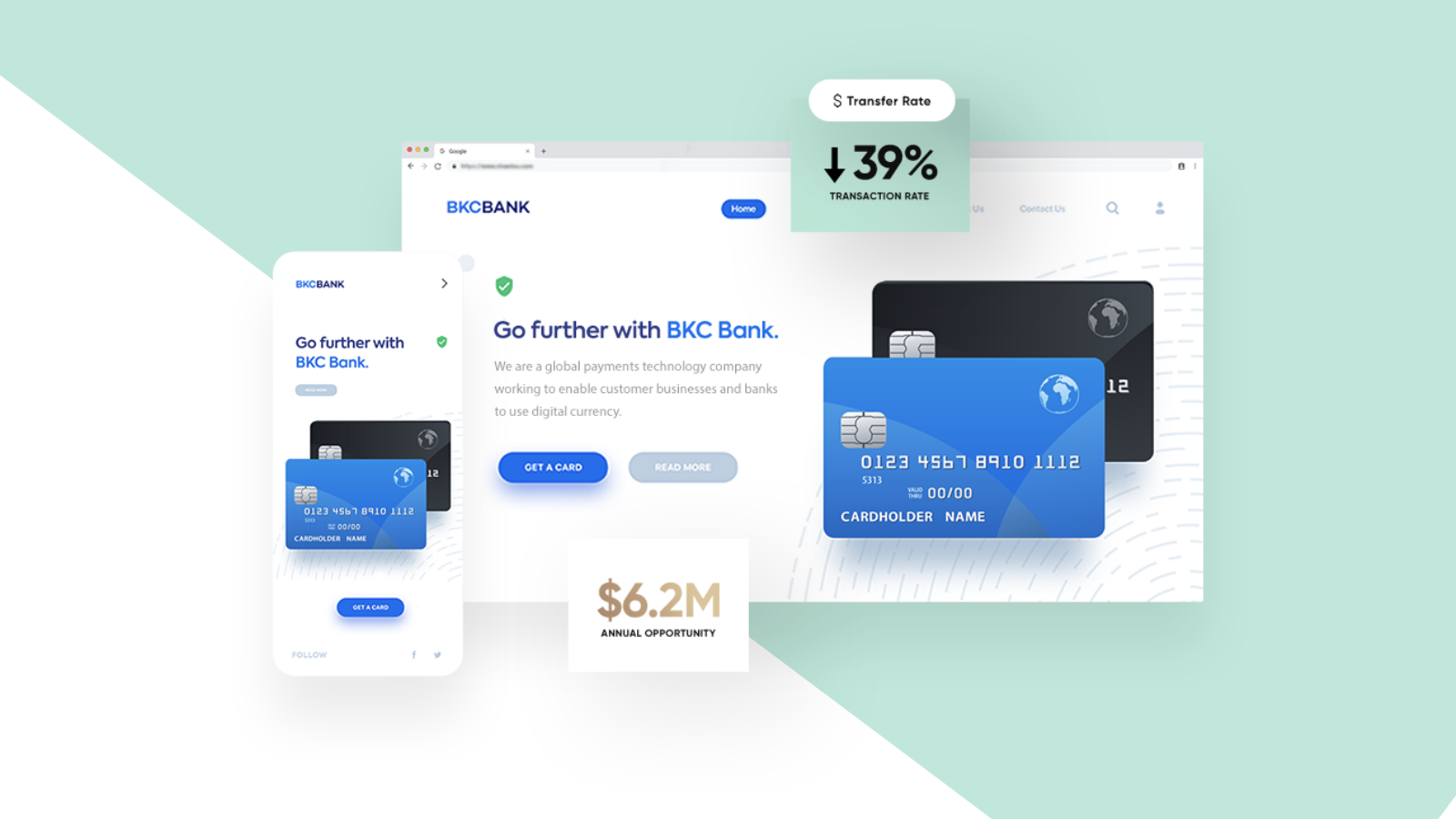
This is a sponsored post by Quantum Metric, Gold Sponsors of FinovateSpring.
One of my favorite sayings about digital banking is that the largest branch in the world is now in your pocket.
The retail banking customer journey has become more complex than ever before. Each day, clients are moving between a number of devices, which means that banks need to find new ways to study, monitor, view, and study the cross-device journey, especially on mobile devices.
It goes without saying that, for traditional retail banks, Covid-19 accelerated the shift to digital. But in-person branch use was already declining before that.
The good news for retail banks? Current federal regulations mean that elements of the in-person experience will remain important, so branches aren’t disappearing entirely. In addition to finding ways to boost in-person engagement at branches, retail banks have the extra challenge of offering omnichannel digital experiences that are on par with those offered by the latest fintech startups, like Robinhood, as well as other household apps, such as Amazon, Airbnb, and Twitter.
The boom in fintech, and especially the rise of neobanks like Chime and Ally, means that more clients are choosing banks that don’t offer in-branch services, where customers get the typical one-on-one service from a teller. Popular peer-to-peer and peer-to-business payments services such as Venmo, PayPal, Square, and CashApp have put additional pressure on retail banks to offer standout mobile experiences.
As traditional banks look to remain competitive with fintech startups, they will need to offer digital experiences that streamline everyday banking processes. Clients want to open new accounts, apply for credit cards, and deposit mobile checks with as few clicks as possible, and directly from their mobile devices.

Fintech startups have a leg up on retail banks because they offer fewer services and leverage the most advanced cloud technology. Many retail banks are burdened by legacy platforms, outdated processes that slow things down, and poor alignment within the organization.
Many banking clients miss the benefits of in-person engagement, especially seeing a friendly face at their local banking branch. Retail banks can approximate the friendliness of in-person service by doubling down on their digital channels, which means offering applications with intuitive user interfaces and user experiences. Above all, people want simplicity, transparency, and speed.
Banks and other financial institutions have the added burden of navigating complex federal regulations. These institutions are responsible for safeguarding clients’ money and remaining compliant with both local and federal laws. A few small errors can not only break trust with clients, but lead to millions of dollars worth of fines.
As banks double down on digital channels, they need to introduce the perfect amount of user friction for tasks such as opening accounts, filling out loan applications, and transferring funds. One small click can lead to major problems or misplaced funds, so making clients re-enter passwords or confirm transactions can build major trust.
On the other hand, too many steps in a workflow leads to abandoned applications, lower conversion rates, and frustrated customers. Worse yet, clumsy designs and technical errors often make it impossible for clients to complete tasks without assistance from a call center. There will always be technical errors, and to solve this, banks can put clients in contact with agents by providing pop-ups that include a direct phone number or a chat window when a problem arises.
Once banks have the basics down, they can invest in hyper-personalization, which helps clients feel more connected to their products. Erica, Bank of America’s Voice Assistant, has helped revolutionize the mobile banking experience. The AI-powered chatbot helps clients answer pressing questions about their banking needs, making it easier for them to find answers for common questions.
As retail banks rebound from the Covid-19 pandemic, they will need to engage in data-driven design thinking to ensure that each digital product decision benefits clients. That is why we have built the Quantum Metric platform, which helps retail banking teams act with more agility. Our methodology, known as Continuous Product Design, helps teams from across an organization align on the product decisions that will have the greatest impact on customers and the business’s bottom line.

In today’s digital-first world, retail banks need to identify problems before they impact a large segment of users, as well as anticipate potential issues as before they happen. That’s why our platform offers real-time analytics and anomaly detection technology. Our platform can help digital teams at retail banks pinpoint a broken button that causes conversion rates to plummet, pinpoint fraudulent activity from bots (e.g., too many login attempts), and much more.
Once retail banking teams get a handle on their omnichannel experience, they can begin expanding into other services and offering additional resources, such as financial education resources. The move to digital provides ample opportunities for diversification. Now banks need to use data-driven design thinking to determine what’s next.
Photo by Marvin Meyer on Unsplash
